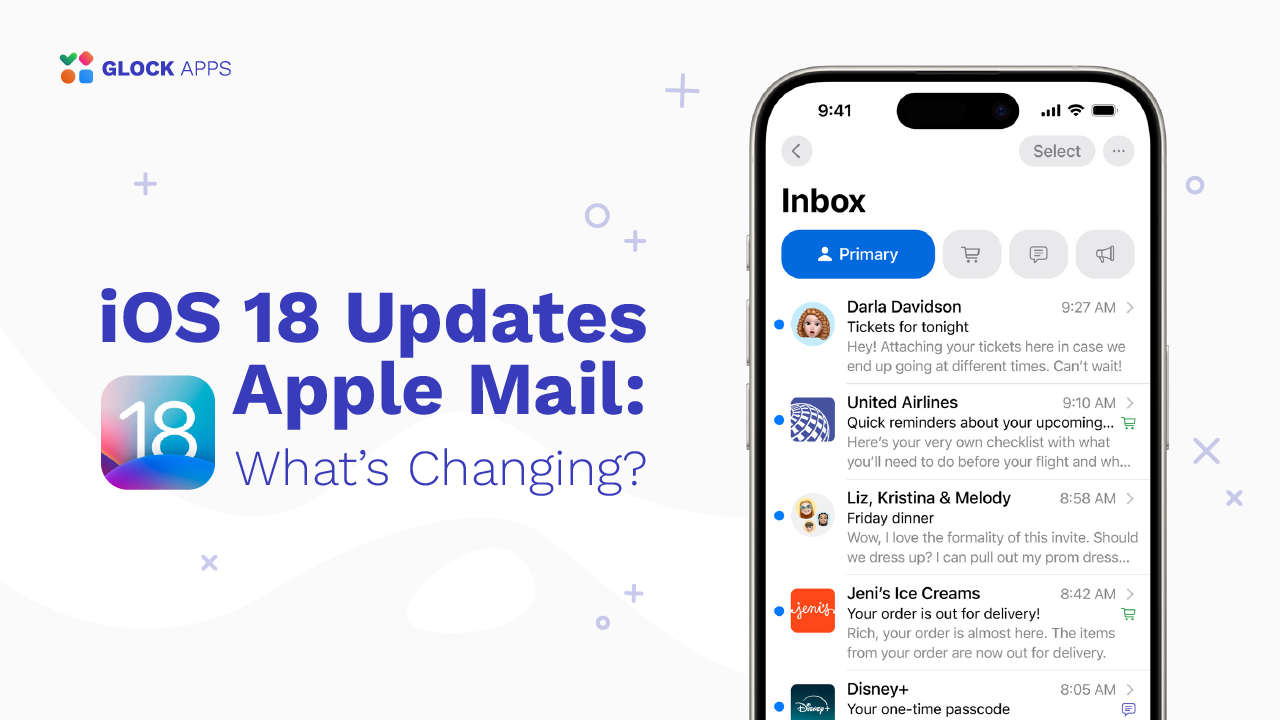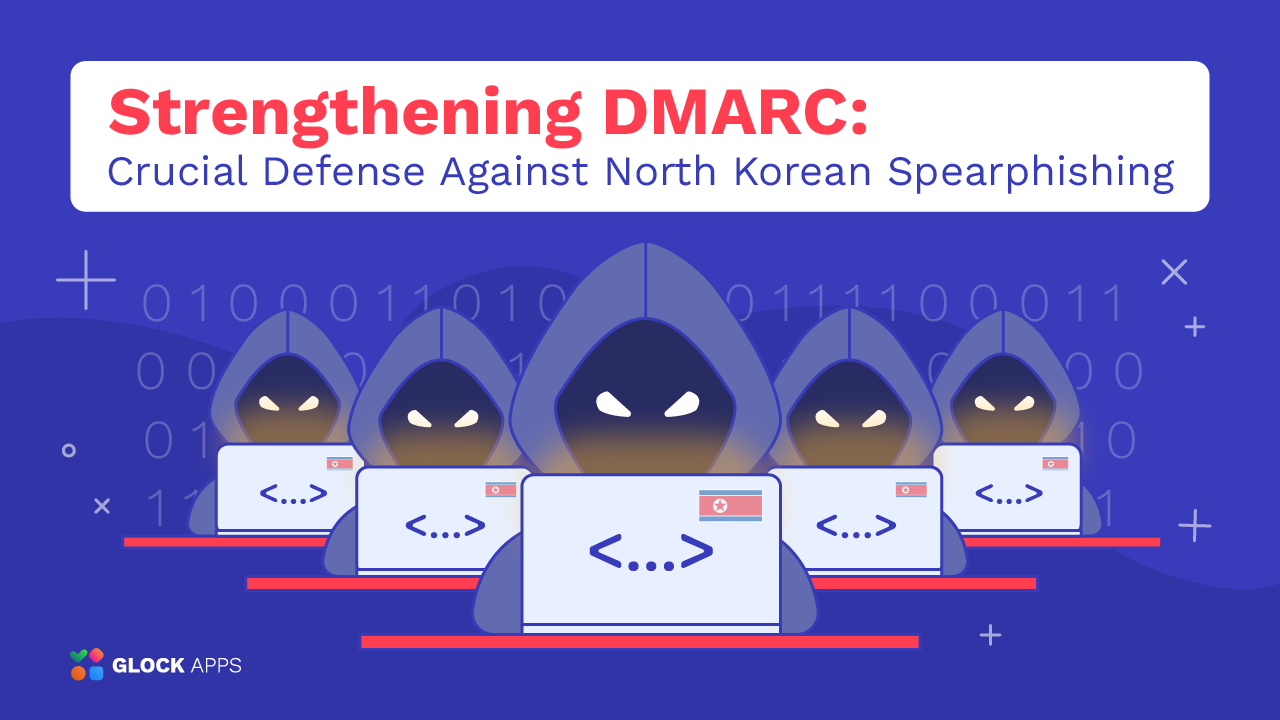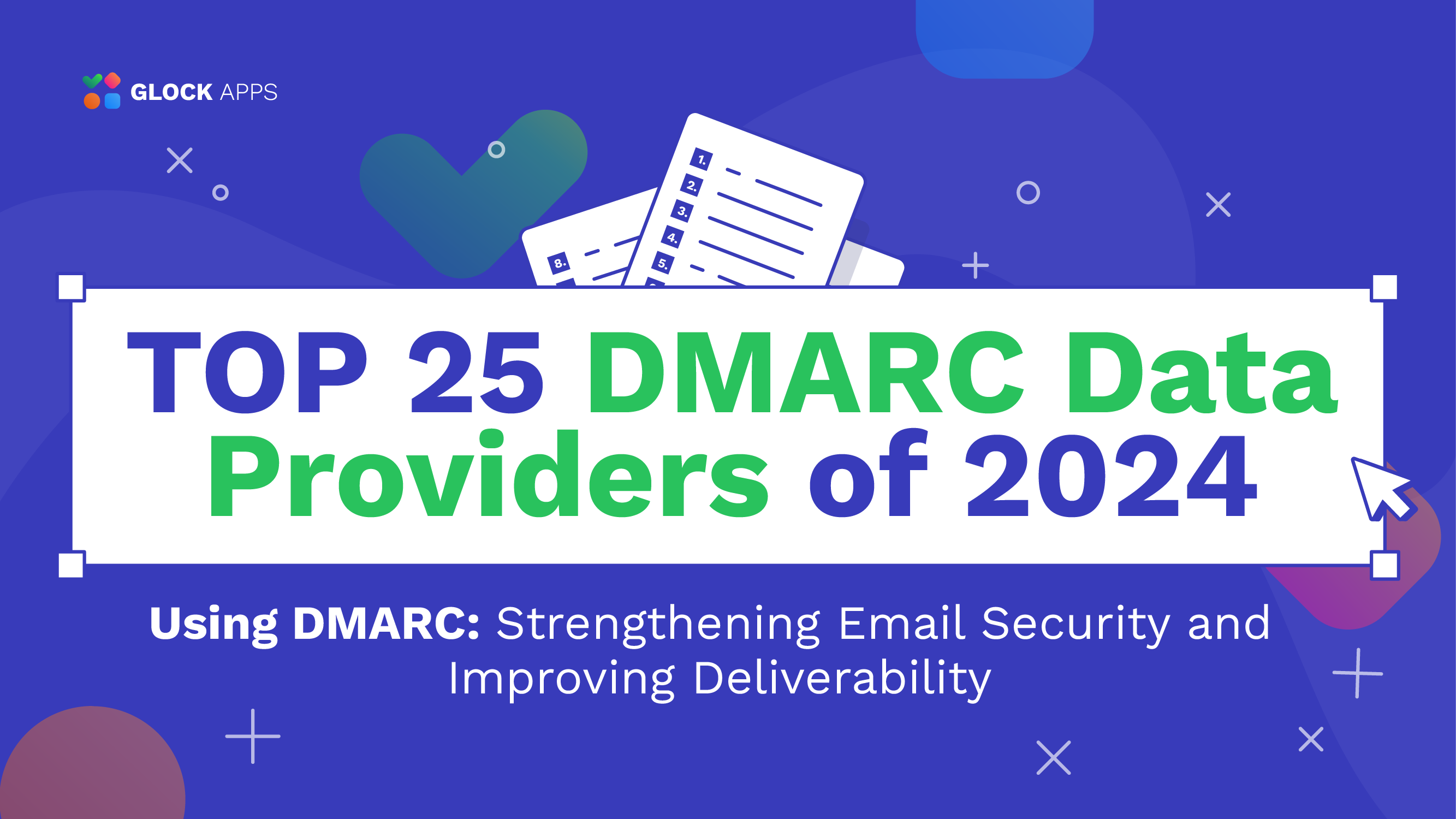Streamlined Inbox: What’s New in Apple Mail from iOS 18 Preview
Apple has announced a huge update of Apple Mail in iOS 18, with a bunch of exciting new features that are designed to give users a more immersive experience and add a greater sense of control over the pre-existing app. We’ll take a look at the highlights of this overhaul and its implications.









